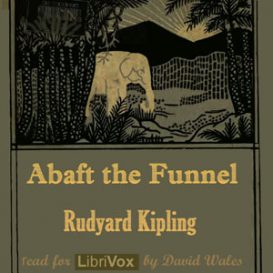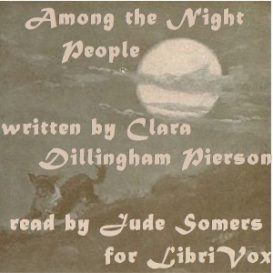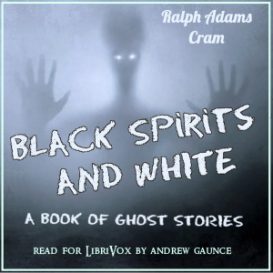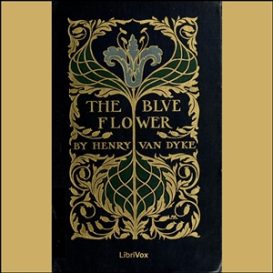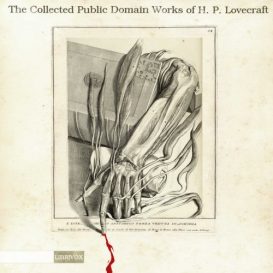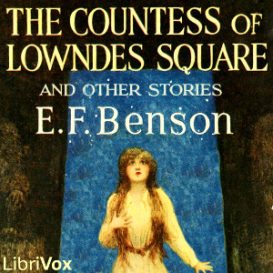Showing all 10 results
4 Stories by Louisa May Alcott
Here are four delightful short stories written by the famous author specifically for girls. As she says in the tiny preface “These stories were written for my own amusement during a period of enforced seclusion. The flowers which were my solace and pleasure suggested titles for the tales and gave an interest to the work. If my girls find a little beauty or sunshine in these common blossoms, their old friend will not have made her Garland in vain. L.M. ALCOTT.” The stories are An Ivy Spray & Ladies Slippers; Pansies; Water-Lilies and Mountain-Laurel & Maiden-Hair. They are all between 40 minutes and 55 minutes finished audio so they are not short but all four are typical stories from the talented pen of Miss Alcott. – Summary by Phil Chenevert and the author
Abaft The Funnel
“Men in pajamas sitting abaft the funnel and swapping lies of the purple seas.” Thirty one early short stories by the master story teller Kipling. (Summary by David Wales and title page)
Among the Night People
No need to be afraid of the dark – here is a wonderful collection of stories about the creatures and personalities who live at night and sleep in the day. – Summary by Jude Somers
Black Spirits and White: A Book of Ghost Stories
A collection of six ghostly tales by Ralph Adams Cram, ranging from the demonic to the deeply sad. Gruesome apparitions, oppressive atmosphere, and throughout it all, a profound appreciation for the haunting beauty of Europe through the eyes of an American architect. Includes The Dead Valley, a story singled out as “memorably potent” by H.P. Lovecraft. Black spirits and white – Red spirits and gray – Mingle, mingle, mingle – Ye that mingle may. (Summary by Andrew Gaunce, with excerpt from Shakespeare’s Macbeth)
The $30,000 Bequest and Other Stories
A book of short stories and humorous anecdotes by Mark Twain, published together in 1906. (Summary by Tricia G)
The Black Dog and Other Stories
Coppard was renowned for his influence on the English short story and here we present a collection, first published in 1923, featuring 18 of his best known works, including Simple Simon, the Wife of Ted Wickham and The Devil in the Churchyard.
The Blue Flower
“Sometimes short stories are brought together like parcels in a basket. Sometimes they grow together like blossoms on a bush. Then, of course, they really belong to one another, because they have the same life in them. …There is such a thought in this book. It is the idea of the search for inward happiness, which all men who are really alive are following, along what various paths, and with what different fortunes! Glimpses of this idea, traces of this search, I thought that I could see in certain tales that were in my mind,?tales of times old and new, of lands near and far away. So I tried to tell them, as best as I could, hoping that other men, being also seekers, might find some meaning in them” (Summary by from the preface)
The Collected Public Domain Works of H. P. Lovecraft
H. P. Lovecraft?s name is synonymous with horror fiction. His major inspiration and invention was cosmic horror: the idea that life is incomprehensible to human minds and that the universe is fundamentally alien. This collection contains 24 Lovecraft works that are in the public domain. You’ll find more versions of these stories throughout LibriVox’s short story collections and short horror story collections. (adapted from Wikipedia)
The Countess of Lowndes Square, and Other Stories
A collection of fourteen short stories, grouped under the headings of “Blackmailing Stories”, “Spook Stories”, “Cat Stories”, “Crank Stories”, and “General Stories”. From the preface: “[S]uch readers as are in search merely of the lighter…aspects of life, will be able to avoid like poison so innocent-looking a title as “The Countess of Lowndes Square,” for surely they would not find therein the fashionable descriptions of high life which they might reasonably anticipate, but would merely cast the book from them in disgust, when they discovered that one who had been the wife of an Earl, and ought therefore to have known ever so much better, belonged to the most contemptible of the criminal classes.” – Summary by Devorah Allen



